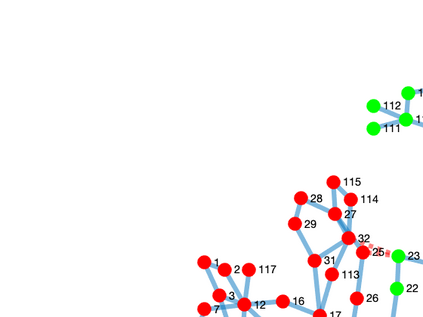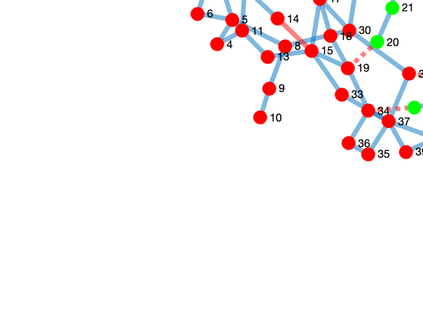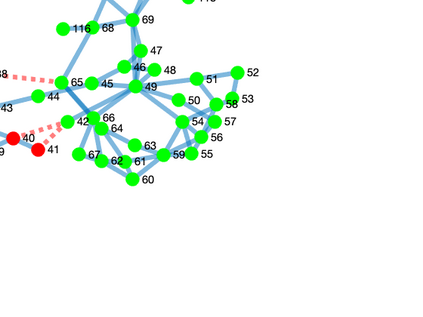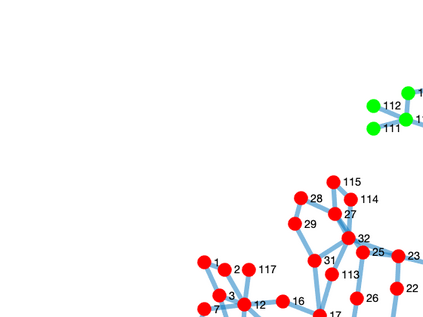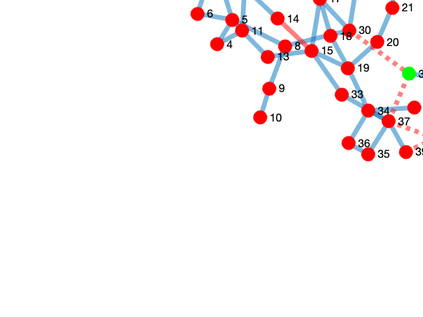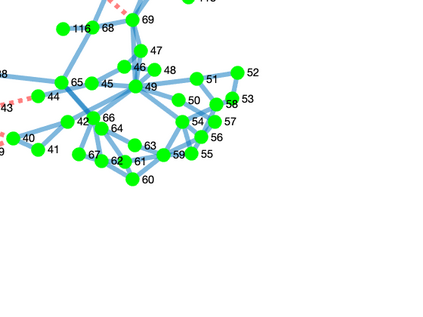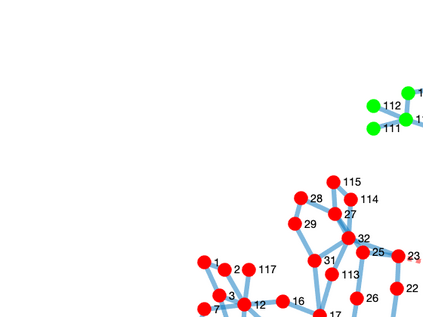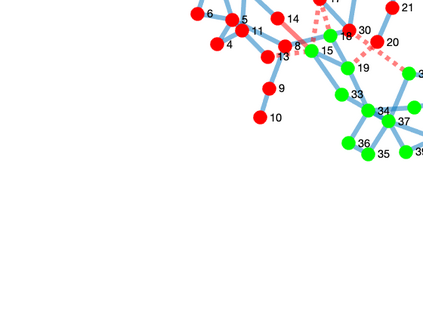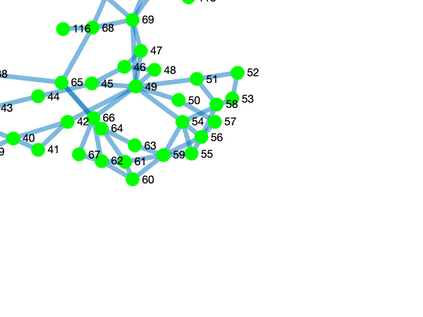The problem of partitioning a power grid into a set of microgrids, or islands, is of interest for both the design of future smart grids, and as a last resort to restore power dispatchment in sections of a grid affected by an extreme failure. In the literature this problem is usually solved by turning it into a combinatorial optimization problem, often solved through generic heruristic methods such as Genetic Algorithms or Tabu Search. In this paper, we take a different route and obtain the grid partition by exploiting the synchronization dynamics of a cyberlayer of Kuramoto oscillators, each parameterized as a rough approximation of the dynamics of the grid's node it corresponds to. We present first a centralised algorithm and then a decentralised strategy. In the former, nodes are aggregated based on their internode synchronization times while in the latter they exploit synchronization of the oscillators in the cyber layer to selforganise into islands. Our preliminary results show that the heuristic synchronization based algorithms do converge towards partitions that are comparable to those obtained via other more cumbersome and computationally expensive optimization-based methods.
翻译:将电网分割成一组微电网或岛屿的问题,既关系到未来智能电网的设计,也关系到作为恢复受极端故障影响的电网各部分电力输送的最后手段。在文献中,这个问题通常通过将其转化为组合优化问题来解决,通常通过基因测算仪或Tabu Search等通用超自然方法加以解决。在本文中,我们采用不同的路线,通过利用Kuramoto振荡器网络机层的同步动态来获取电网分割。每个参数都是对电网节点的动态进行粗略近似的参数。我们首先提出集中算法,然后是分散战略。在文献中,节点是根据其内部同步时间加以汇总的,而在后一种情况下,它们利用网络层振动器的同步来自动组织进入岛屿。我们的初步结果显示,基于超自然同步的算法是接近于通过其他更复杂和计算成本的优化方法获得的分隔法。


